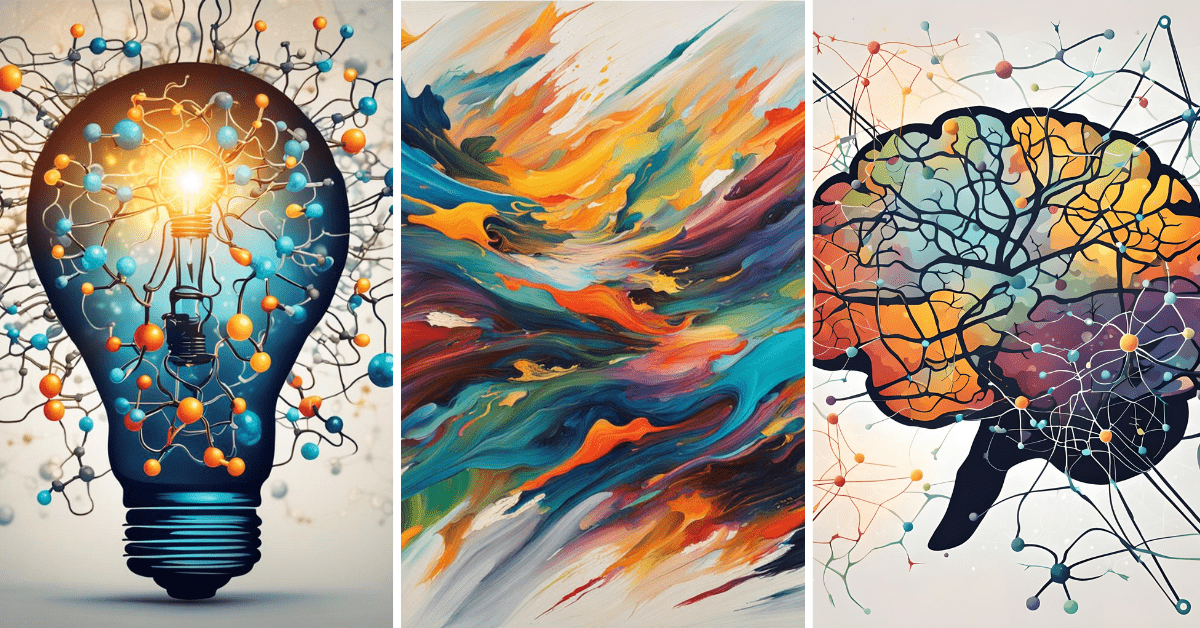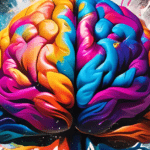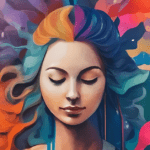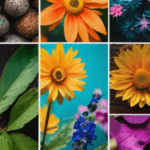Do you ever wonder what makes some people so effortlessly creative while others struggle to come up with new ideas?
The truth is that creativity arises from complex processes in the brain that we are only beginning to understand.
In this article, we’ll explore the neuroscience behind creative thinking and how you can enhance your creative abilities.
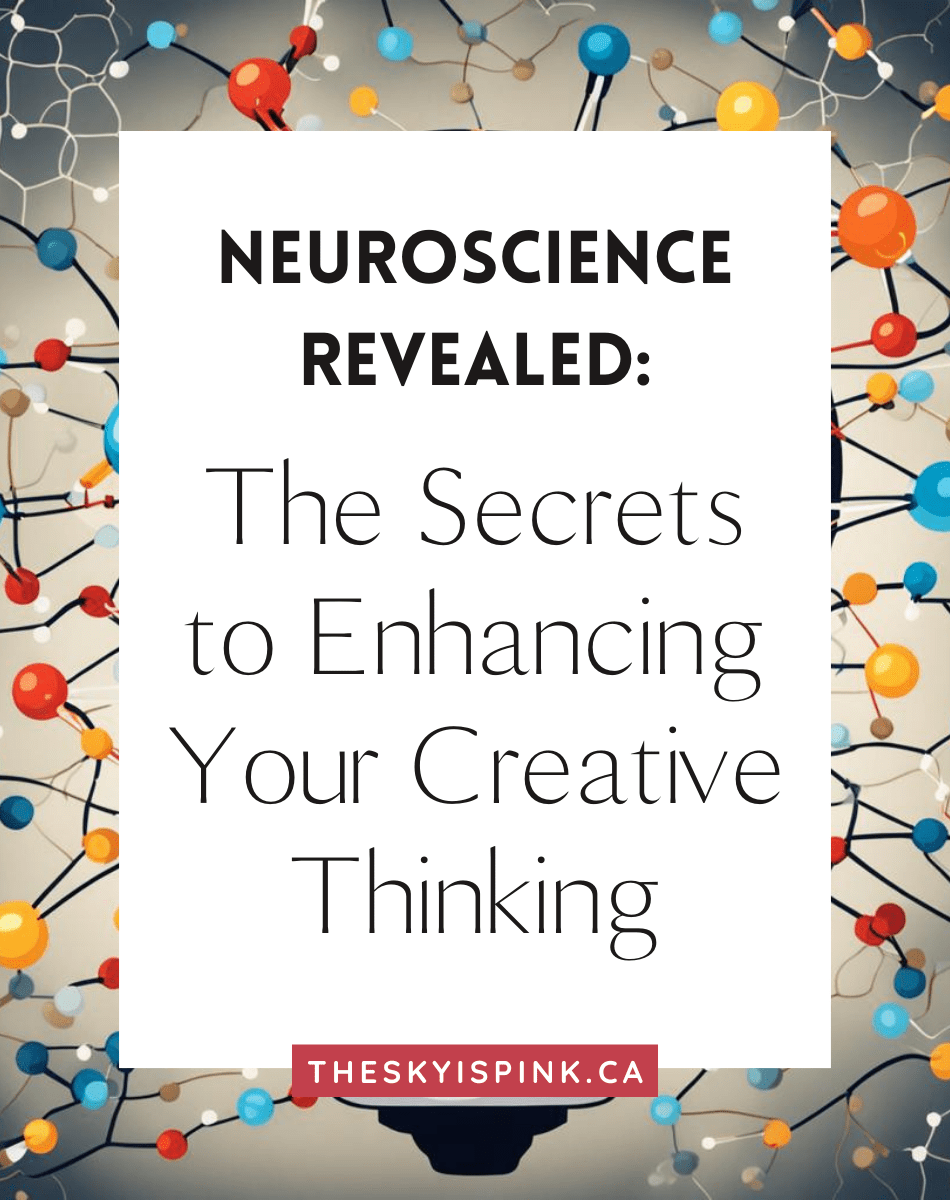
Disclaimer: This post may contain affiliate links, which means I’ll receive a commission if you purchase through my links, at no extra cost to you. I only recommend products I would use myself. Please read the full disclosure for more information.
What’s Going on Inside the Creative Brain?
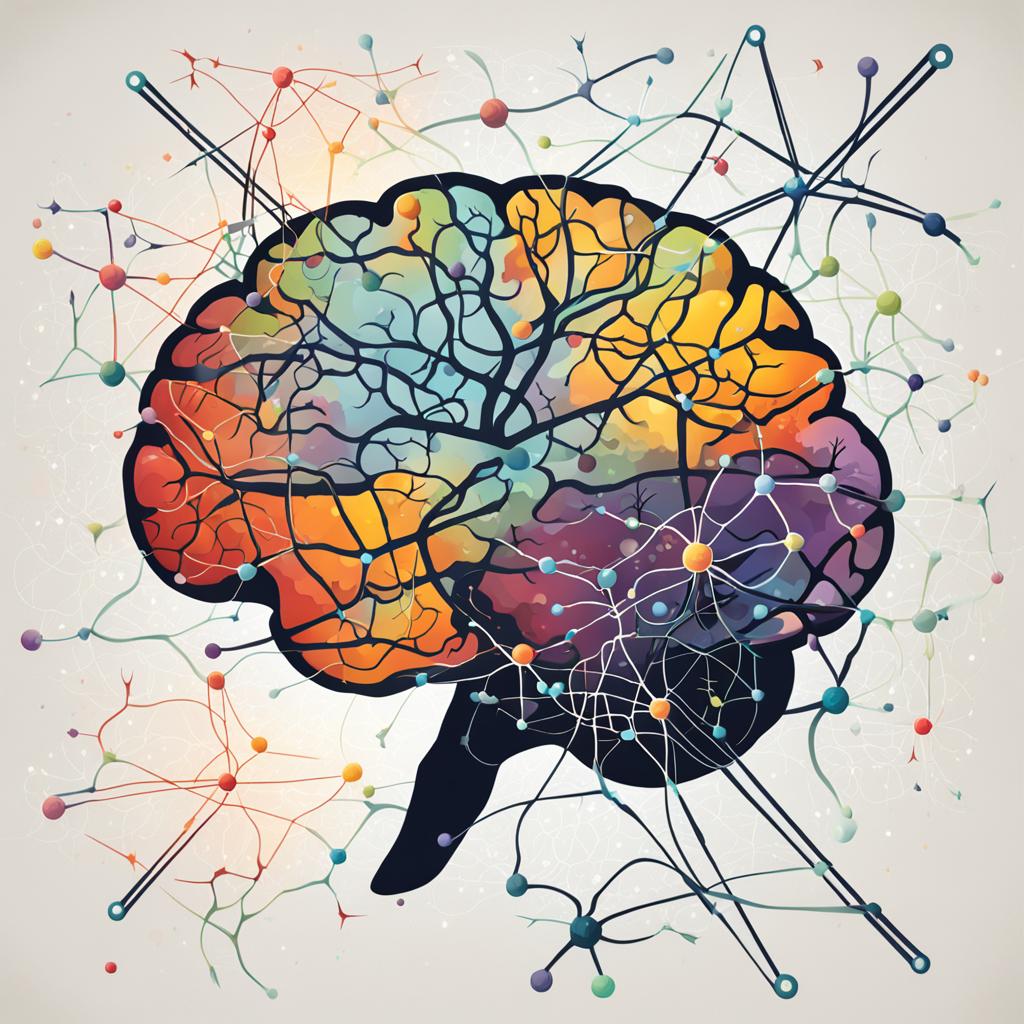
Creativity often feels elusive and magical, but it originates from normal brain functions that we all possess.
With knowledge of how the creative process works, you can learn to unlock your inner muse and approach problems from new angles.
Science shows us that creativity lives within everyone – it just needs the right environment to emerge.
Read on to understand your creative brain and how to spark those lightbulb moments.
What is Creativity?
Creativity is the skill of producing original and practical concepts or solutions. It involves bringing something new into existence that has value.
Creativity can manifest in many forms – problem-solving, artistic expression, scientific discoveries, inventions, and more.
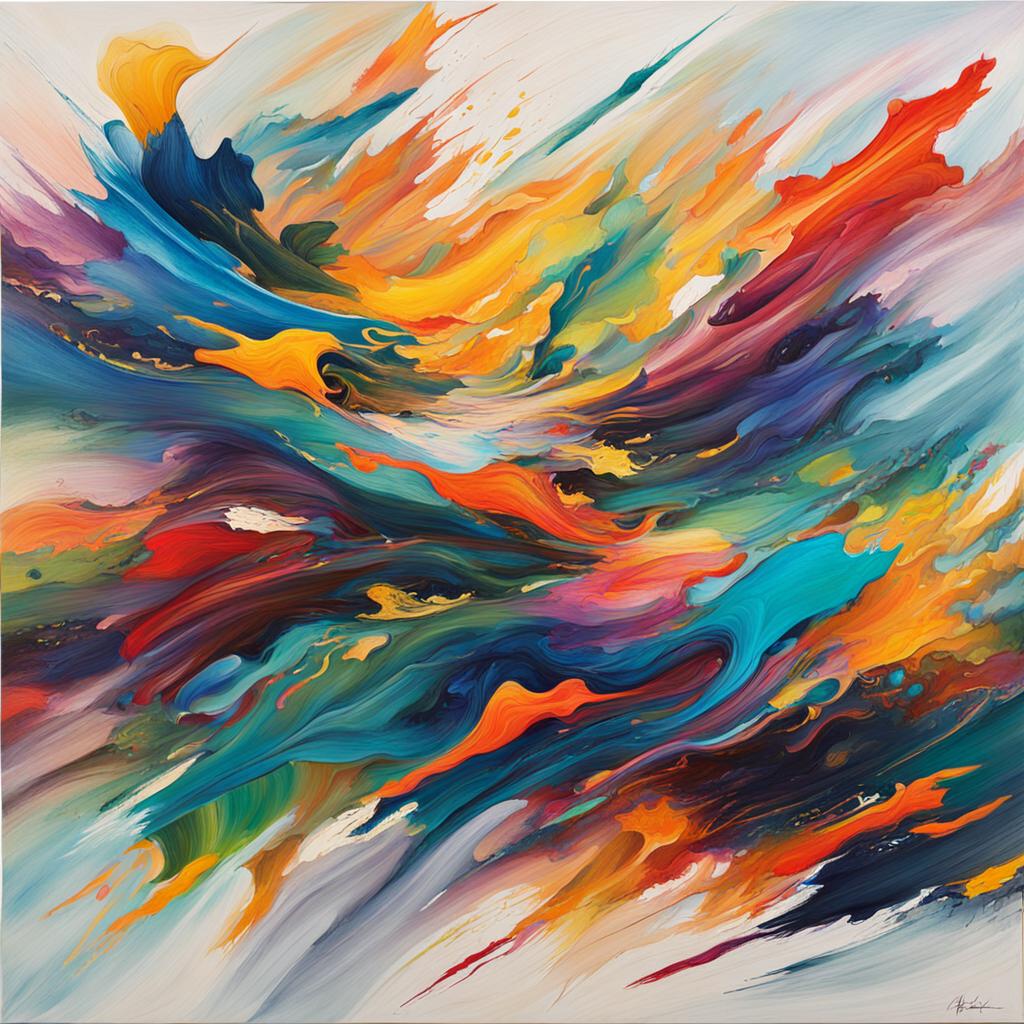
Some key characteristics of creativity include:
- Originality – Creative ideas tend to be unique, fresh and unconventional. They offer a new way of looking at things.
- Flexibility – Creative people are able to shift perspectives and approaches. They adapt ideas in innovative ways rather than sticking to conventional thinking.
- Elaboration – Creativity involves expanding upon ideas, going into detail, and fleshing out possibilities. Taking an initial thought and building on it.
- Problem Sensitivity – Recognizing where there are issues to be solved or needs to be addressed through creative efforts.
- Imagination – The ability to mentally generate and visualize novel ideas, concepts, and images. Thinking beyond the present to envision something new.
There are different types of creativity from artistic to intellectual to scientific.
Ultimately, creativity involves imaginative thinking and fashioning something novel that has value to others.
Left vs Right Brain
The left and right hemispheres of the brain are said to control different types of thinking and functions.
The left brain is considered more logical, analytical, and objective. The right brain is seen as more intuitive, creative, and subjective.
There is a popular myth that people are either “left-brained” or “right-brained” thinkers. However, this is an oversimplification. In reality, the two halves of the brain work together seamlessly. Both hemispheres contribute to creative thinking in their own way.
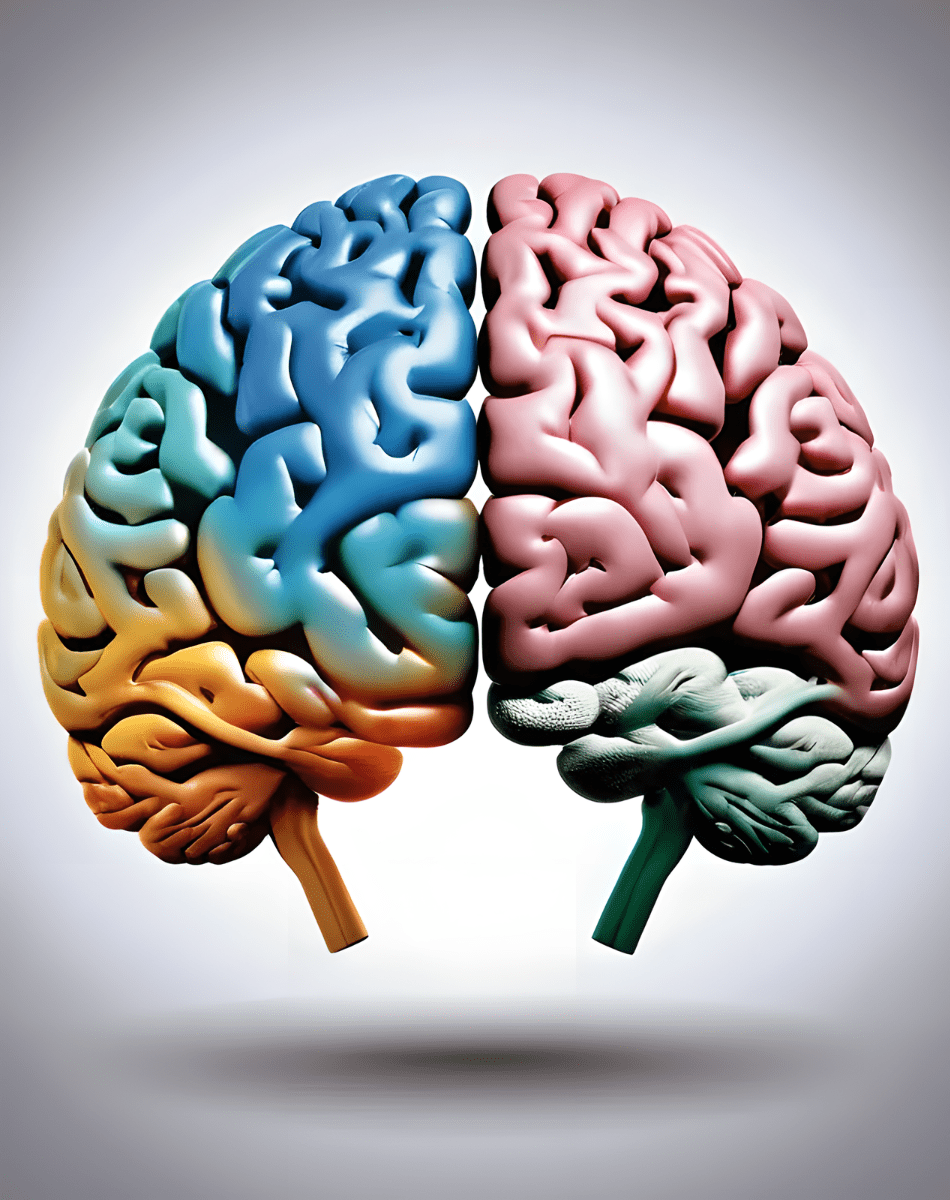
The left brain handles tasks like organizing information, breaking down problems, and evaluating ideas. It thinks in a linear, logical style. The left brain excels at analysis, math, language, reasoning, and details. All of these skills are important for certain aspects of creativity.
Meanwhile, the right brain specializes in visual, spatial, and pattern recognition. It sees the big picture and makes connections. The right brain is imaginative, intuitive, and innovative. It comes up with original ideas, daydreams, and sees possibilities. These traits are vital for creative inspiration.
Although the two hemispheres have different strengths, they work together as an integrated whole. Both logic and imagination are crucial for creativity.
The back-and-forth interplay between left and right brain functions allows for idea generation, evaluation, refinement and problem-solving.
Understanding their complementary roles can help unlock one’s creative potential.
The Creative Brain
Research has shown that creativity involves several regions of the brain working together in unique ways.
Brain imaging studies reveal that when people engage in creative tasks, there is more communication between the right and left hemispheres of the brain compared to more routine or analytical thinking.
The frontal lobes, which are involved in complex cognitive tasks, also show increased activity during creative thinking.
Specifically, the prefrontal cortex plays an important role in creative cognition. This region helps generate novel ideas, make connections between distant concepts, and switch between different creative strategies.
The limbic system, including the hippocampus and amygdala, is also activated during creative work, contributing to emotional processing and memory storage and retrieval.
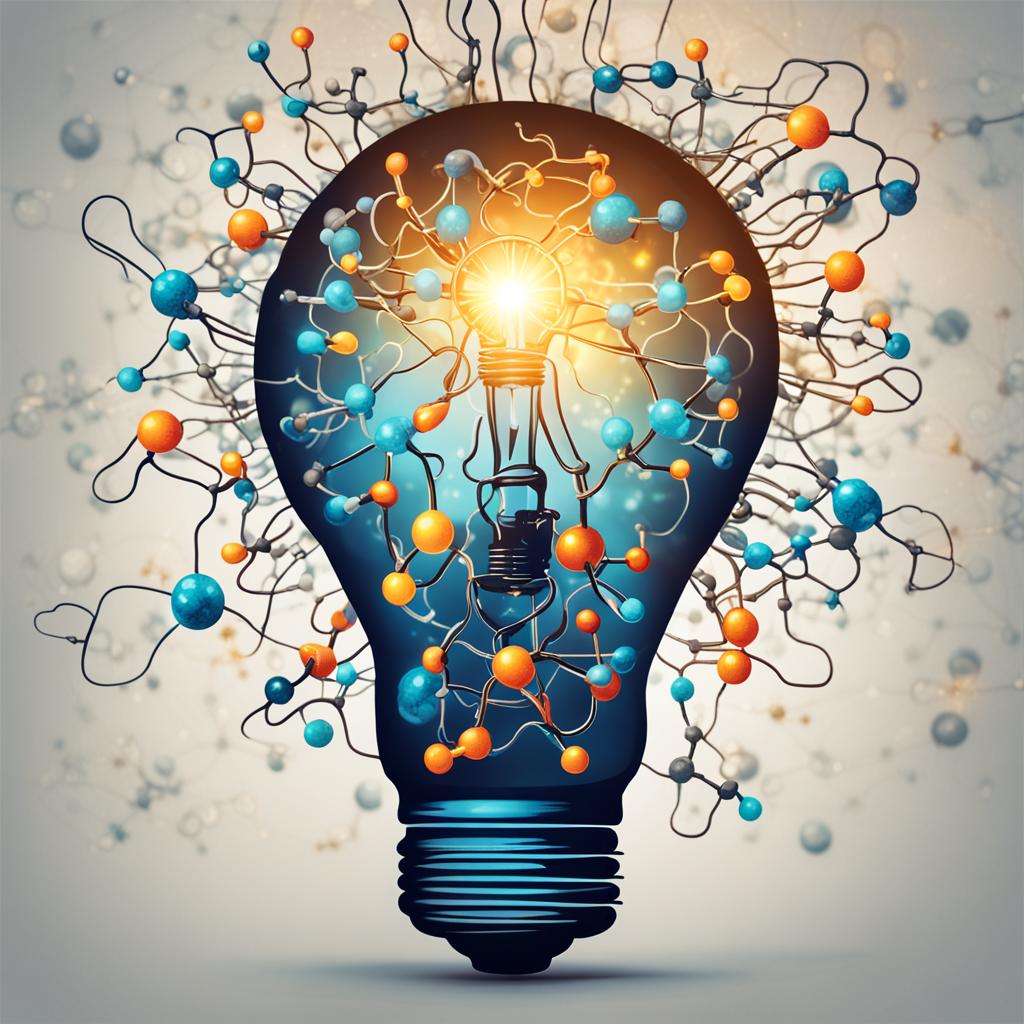
Additionally, specific neurotransmitters like dopamine and serotonin regulate the brain’s creative capacity. Dopamine influences drive, motivation, and flexibility, while serotonin impacts focus and problem-solving.
When dopamine and serotonin are balanced and interact efficiently, it facilitates creative flow.
The brain essentially assembles and makes connections between different neurons and regions to imagine new possibilities and forge original ideas.
Lifestyle Factors That Enhance Creativity
Our daily habits and routines can have a big impact on our creative capacity.
Here are some key lifestyle factors to consider:
- Sleep – Adequate, high-quality sleep is crucial for optimal brain function and creativity. Lack of sleep impairs cognitive abilities and creative thinking. Aim for 7-9 hours of sleep per night.
- Exercise – Regular exercise boosts blood flow to the brain, stimulates the release of creativity-boosting neurotransmitters, and clears mental fog. Aim for 150 minutes of moderate exercise per week.
- Meditation – Meditation quiets the mind, reduces stress, and enhances focus. It stimulates creative flow states and idea generation. Try meditating for 10-20 minutes daily.
- Time in nature – Being outdoors, especially surrounded by nature, has been shown to boost creativity. Take a walk in nature when seeking creative insights.
- Nutrition – Eat a balanced diet with plenty of antioxidants, omega-3s, B vitamins, and protein to nourish your brain. Stay hydrated and limit sugar.
Making positive changes to your daily lifestyle habits can unlock your creative potential and inspire your imagination.
Sleep, exercise, meditation, nature, and nutrition give your brain the support it needs to think creatively.

Creativity Activities
There are several activities you can do to enhance creative thinking and get those creative juices flowing.
Here are some of the most effective:
Free Writing
Free writing is a great way to tap into your subconscious thoughts and ideas.
Set a timer for 5-10 minutes and just write continuously in a notebook or journal about anything that comes to mind. Don’t worry about grammar, spelling or even making sense. The goal is to keep your pen moving or your fingers typing without stopping.
This exercise helps remove mental blocks and unleash your inner creative flow.
Brainstorming
Brainstorming is a classic technique for generating lots of ideas without overthinking or judging them initially.
Set a topic and make a list of any ideas that come to mind in a notebook. Build on your own ideas and go for quantity over quality at this stage. Avoid criticizing any of your ideas during your brainstorming.
Afterward, you can analyze which ideas have the most potential.
Mind Mapping
Mind mapping is a visual thinking tool that uses branches radiating out from a central concept to generate associations and links.
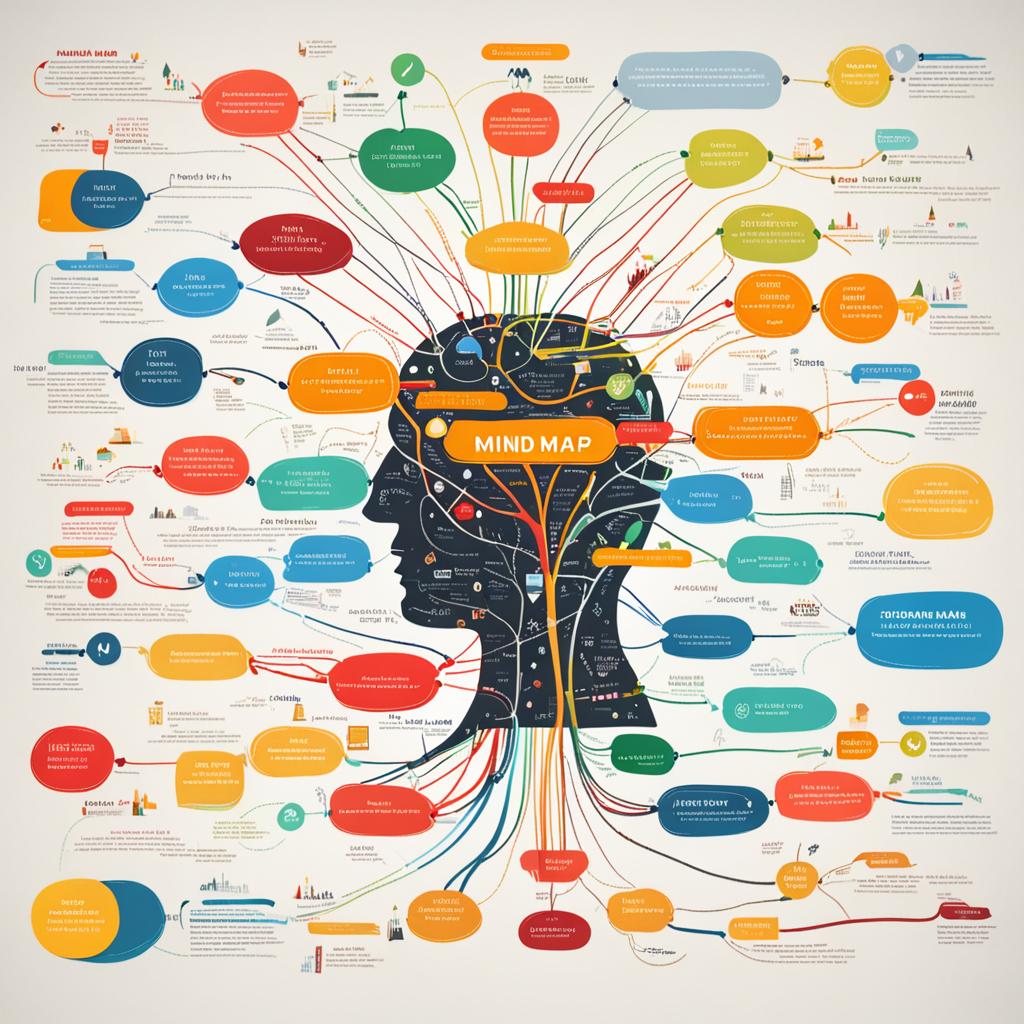
Start with your core topic in the center, then create branches for ideas, concepts, examples, creative links, and other connections. Add colours, drawings and keywords to make it more visual. A mind mapping notebook can make this activity easier.
Mind mapping activates both hemispheres of your brain and allows you to see creative connections you may have otherwise missed.
Creativity Mindsets

Cultivating certain mindsets can help boost creativity and inspiration.
Here are some key mindsets to try:
Growth Mindset
Having a growth mindset where you believe abilities can be developed through effort and practice is important for creativity.
View challenges as opportunities to learn and grow.
Don’t be afraid to make mistakes or feel like you lack natural talent.
Persist through setbacks and build skills over time.
Beginner’s Mind
Try to see things with a beginner’s mind, with an attitude of openness, eagerness and lack of preconceptions.
Approach things as if for the first time, with a sense of wonder and curiosity.
Let go of assumptions to see with fresh eyes. This allows for new connections and ideas.
Curiosity
Curiosity is key to creativity, as it pushes us to explore, try new things and learn.
Make curiosity a habit by asking questions, seeking out new experiences, and looking at things from different perspectives. A curious mindset propels us to discover and make the unfamiliar familiar.
Feed your curiosity through reading widely, learning new skills and interacting with people different than you.
Overcoming Blocks to Creativity
We all face mental blocks that can hamper our creativity.
Some common blocks include imposter syndrome, fear of failure, and perfectionism.
Overcoming these requires self-awareness, courage, and adopting helpful mindsets.
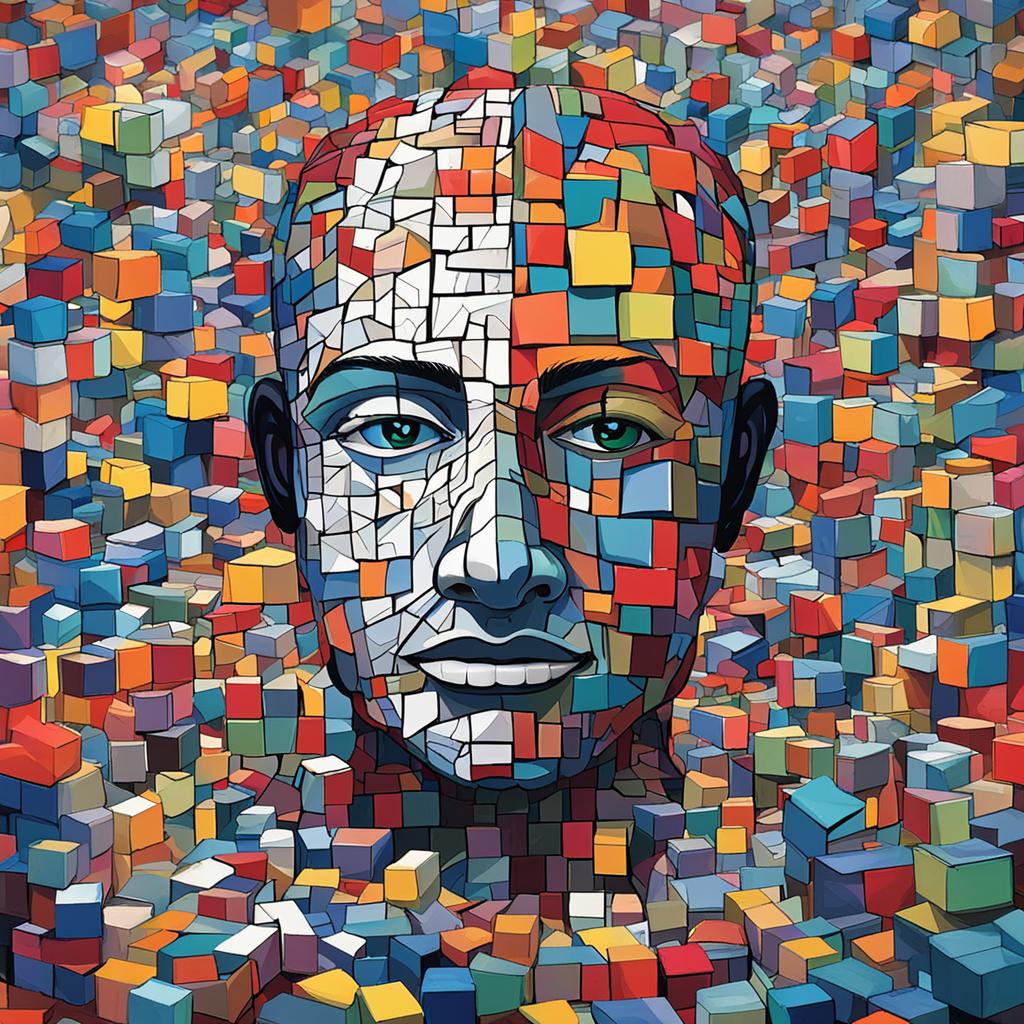
Imposter Syndrome
Imposter syndrome makes you feel like a fraud; as if you don’t deserve your success. You discount your abilities and accomplishments.
To overcome imposter syndrome:
- Recognize that it’s a common feeling, not a reflection of your worth. Nearly everyone experiences it.
- Focus on what you have achieved through hard work. Give yourself credit.
- Talk to mentors and friends about their struggles. Knowing you’re not alone helps.
- Make a list of your skills and successes. Refer to it when you feel inadequate.
Fear of Failure
The fear of failing can stop you from trying new things. But failure is part of the creative process.
Ways to overcome the fear:
- Redefine failure as a learning experience, not a definitive statement about you.
- Take small risks instead of big leaps. Incremental progress boosts confidence.
- Detach your self-worth from outcomes. You are not defined by success or failure.
- Celebrate small wins and milestones. Each step forward counts.
Perfectionism
Perfectionists set impossibly high standards. But done is better than perfect.
Tips to overcome perfectionism:
- Challenge the belief that your creation must be flawless. Focus on progress vs perfection.
- Set time limits instead of aiming for flawless results. Ship your work instead of endlessly polishing.
- Criticize the work, not yourself. Constructive feedback leads to growth.
- Focus on enjoying the process, rather than just fixating on the final outcome. The journey matters too.
Conclusion
Creativity is a complex neurological process that engages many parts of the brain.
While the right brain is often associated with creative thinking, the latest research shows both hemispheres work together to produce novel ideas and solutions.
Key neurotransmitters like dopamine and serotonin play an important role in creative cognition and can be influenced by lifestyle factors like sleep, diet and exercise.
There are many ways we can nurture our creativity through activities like brainstorming, mind mapping, meditation, and unstructured play.
Adopting a beginner’s mindset, seeking inspiration, and learning to overcome blocks can also enhance our creative abilities.
Understanding the science behind creativity gives us more power to unlock our natural creative potential.
Creativity is a unique human quality that allows us to innovate, solve problems and express ourselves.
With an open and curious mindset, we can tap into the innate creative capacity of our brains.
The research shows creativity is a learnable skill that can be strengthened through practice and self-care.
Unlocking our inner creativity is worthwhile for both personal fulfillment and professional success.
In today’s complex world, we need creative thinking more than ever.
Don’t miss out on new postings at The Sky Is Pink! Leave your email and you’ll be notified when a new article is available to read. That’s it. We won’t email you about anything else.
Other Articles
- 10 Fascinating Facts About Art from Neuroscience
- How to Start a Creative Journey
- Creativity and Mindfulness: The Surprising Connection and Fascinating Benefits
- Top 3 Places to Maximize Inspiration and Spark Your Creative Flow
- Enrich Your Creative Imagination with the Art of Observation
- Drawing a Blank? Tips for Generating Ideas and Selecting Creative Subjects
